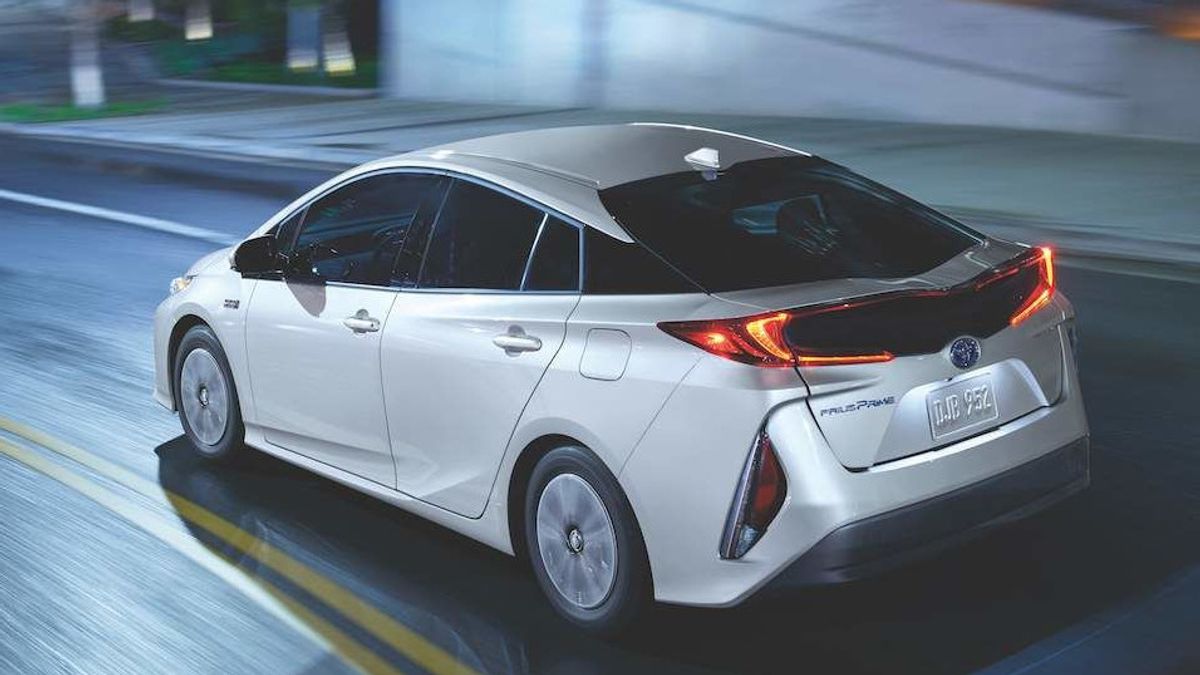JAKARTA - When you decide to dive into the world of electric vehicles, of course you have to consider all the factors to buy an electric vehicle or Electric Vehicles (EV). What type of electric vehicle should you buy, and also how much battery range is required.
Here's a guide to choosing your first EV, made as easy as possible. Here's everything there is to know about buying your first electric vehicle.
There are various types of electric vehicles, namely Hybrid (HEV), Plug-In Hybrid (PHEV), and Electric Vehicles or Fully Electric Vehicles (EV).
EV
Fully Electric Vehicles are vehicles that run only on batteries, without a conventional combustion engine. Startups like Rivian are making very fast electric trucks. Major companies in the automotive industry such as Volvo, BMW, and Ford are also releasing their own electric vehicles.
These Fully Electric Vehicles have a cruising range or an average range of 250 miles (402 km), and can be charged via home chargers as well as many charging networks across the country.
Hybrid
While Hybrid cars pair two power sources at once, namely an ordinary conventional engine (petrol or diesel) with an electric motor. This type of vehicle can run using only electric motors, using ordinary conventional engines or even both.
You don't need to charge the electricity, because you are refueling the same as driving a normal car with an internal combustion engine.
Toyota was the first to apply hybrid technology when it released the Prius. Due to its popularity, Hybrids are widely available in several car manufacturers from Toyota to Porsche.
Plug-In Hybrid
Basically, plug-in hybrid technology is almost the same as hybrid. The difference lies in the larger battery capacity. The plug-in hybrid allows you to drive it like a regular hybrid car.
Due to the large capacity of the battery, plug-in hybrid technology also requires the battery to be recharged manually. The trick is to plug it in (plug-in) on a power source that has been provided, such as a charging station or even your home's electricity, but by using a special converter.
The plug-in hybrid can cover approximately 30 miles (47 km) per charge in its all-electric mode, making it perfect for those traveling on short distances. However, the PHEV allows the driver to have a spare combustion engine when needed for longer trips, which minimizes his electric range anxiety.
Electric Vehicle Range
Range is one of the biggest considerations when choosing an electric vehicle. Although this is an important factor when choosing a gas-powered vehicle, it is not a problem because there are already many gas stations available in various regions. You only need a few minutes to refuel. If you are looking to buy a plug-in hybrid or electric vehicle, this issue of coverage will be very important to consider.
According to the US Department of Energy, plug-in hybrids can run fairly short distances on electricity alone between 15 and 60 miles. However, this is precisely why the plug-in hybrid also has a regular conventional engine. For example, the 2021 Volvo XC60 Recharge T8 Plug-In Hybrid has an electric range of about 20 miles, but the addition of a gas tank brings the range to over 500 miles (760 km).
According to Makeuseof, the median reach for electric vehicles has steadily increased over the past decade. According to Energy.gov, the average range of electric vehicles currently on the market is about 250 miles.
The English, Chinese, Japanese, Arabic, and French versions are automatically generated by the AI. So there may still be inaccuracies in translating, please always see Indonesian as our main language. (system supported by DigitalSiber.id)









